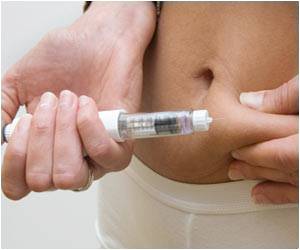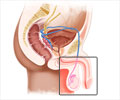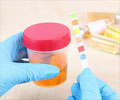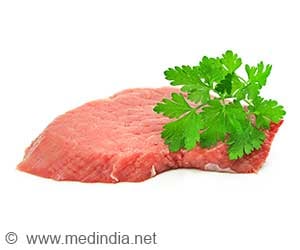The level of 8-oxo-7,8-dihydroguanosine that indicates oxidative damage increases in urine of humans as they get older. It is used as a marker to find the biological age of the person.
Highlights:
- Simple urine test is used to calculate the age of the body cell
- The product formed due to oxidative metabolism helps to predict age- related disease and death of an individual
- 8-oxo-7,8-dihydroguanosine, a product of oxidative metabolism is used as a marker to study the age of the body
TOP INSIGHT
The level of 8-oxo-7,8-dihydroguanosine that indicates oxidative cell damage increases in urine as people get older; it is used to predict age- related disease and death
8-oxo-7,8-dihydroguanosine(8-oxoGsn) is used as a marker. It is the product formed from the oxidation of RNA molecules in the cells. In previous studies, scientists have found that the level of 8-oxoGsn increases in urine with increase in age.
To check if it is true in humans, researchers collected the urine samples of 1,228 Chinese residents aged between 2-90 yrs. They checked the level of 8-oxoGsn in the urine sample using ultra-high-performance liquid chromatography technique.
"We found an age-dependent increase in urinary 8-oxoGsn in participants 21-years-old and older," said Cai. "Therefore, urinary 8-oxoGsn is promising as a new marker of aging."
The levels of 8-oxoGsn were almost same between men and women, but levels were high in post-menopausal women. The increase in 8-oxoGsn levels was due to the decrease in estrogen level that happens during menopause. Estrogen is known to have an antioxidant effect.
"Urinary 8-oxoGsn may reflect the real condition of our bodies better than our chronological age, and may help us to predict the risk of age-related diseases," concludes Cai.
Oxidative damage of the cell is an imbalance between the production of free radicals and the ability of the body to detoxify them using antioxidants. It is also known as oxidative stress. Free radicals are oxygen-containing molecules, which under metabolism form highly reactive oxidants. All oxidants are not harmful and some of them help in killing the pathogens and microbes entering the body.
Reference:
- Wei Gan, Xin-Le Liu, Ting Yu, Yuan-Gao Zou, Ting-Ting Li1, Shuang Wang, Jin Deng, Lan-Lan Wan* and Jian-Ping Cai. Urinary 8-oxo-7,8-dihydroguanosine as a Potential Biomarker of Aging Frontiers in Aging Neuroscience, (2018)
Source-Medindia
 MEDINDIA
MEDINDIA





 Email
Email










